
Do you want to see a lot of colourful tropical fish? And also learn how to identify and measure them so we get reliable data on small-scale artisanal fisheries? Well, you’re in luck!… Read more →

Do you want to see a lot of colourful tropical fish? And also learn how to identify and measure them so we get reliable data on small-scale artisanal fisheries? Well, you’re in luck!… Read more →
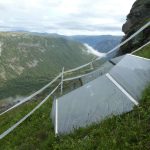
To understand how alpine plants are affected by climate change we moved lower elevation species up into the mountain. Now we investigate the competitive effect of these lower elevation plants on alpine species. Do you want to help answer these questions by entering data for us?… Read more →
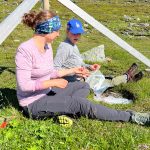
Global change affects populations, communities, and ecosystems across the world. Alpine plant communities are affected more because climate is changing more rapidly than elsewhere. Plant functional traits are a powerful approach to predict how plant communities will respond to warmer temperature, higher precipitation or change nitrogen addition in the future.… Read more →

Are you curious about the current state of pollinators in the city and how this has changed the last 70 years? Are you curious to learn more about pollinators and their preferences for habitats and vegetation? Would you like to explore rural parts of the city in search for bees, bumblebees and hoverflies? Then this is the project for you!… Read more →

There is a lot of missing data on insects in Norway. This data gap makes it hard to know how stable populations of pollinators actually are. In order to detect any possible decreases, we need to map species and monitor any changes in population densities and diversity. By joining this project, you will be contributing with exactly this, which is incredibly important work!… Read more →
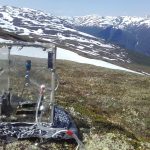
We are investigating underground biomass, decomposition and respiration in alpine grasslands, in context of grazing and climate change. We need help digging out tea bags, root cores and measuring carbon flux. It is fun manual work in a stunning landscape with some interesting homemade setups.… Read more →
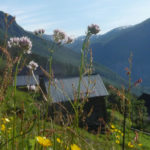
Improve your vegetation skills while working in a beautiful alpine grassland! Project INCLINE is looking for someone who is eager to learn about alpine ecology and experience a week of field work with a fantastic team.… Read more →
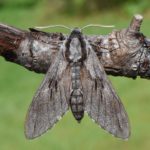
Vi opplever en stor nedgang i antall insekter i verden, men det er ofte vanskelig å tallfeste denne nedgangen på en etterrettelig måte. Spørsmålet vi stiller i dette prosjektet er om vi ser samme nedgangen for nattsommerfugler i Norge som har blitt observert for insekter i andre deler av verden.… Read more →

Do you want to study whether fishing affects how a fish eats and poos?
Study the ecological consequences of size-selective fishing
… Read more →

Globle endringer er på vei og hvordan de påvirker karbonlagringen i fjellet er fremdeles uvisst! Bli med og hjelp meg med mitt masterprosjekt der jeg skal finne ut av hvor karbonet tar veien når det har kommet inn i økosystemet når de globale endringene er i gang.… Read more →

The winter blind spot: what’s going on under the snow in the mountains during winter? Is everything frozen and quietly waiting for spring? Let’s find out!… Read more →
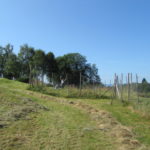
Depositions of ammonia and nitrogen oxides have heavily increased since the mid 1900’s, and nitrogen additions in grasslands have shown to affect grass biomass, soil pH and nutrient availability. But how do these grasslands recover if nitrogen additions stop, and for how long does the added nitrogen stay in the systems?… Read more →

Kystlynghei er ein trua naturtype som står ovenfor store utfordringar knytt til klimaendringar. Dei siste åra har vi alle fått kjenne på ekstremvær som lengre periodar med tørke, men ein art som virkelig har fått kjenne på det er kystlyngheia si nøkkelart; Røsslyng. Ved å delta på prosjektet så er du med på å finne ut kva vi kan forvente skje langs heile norskekysten dei neste åra som følge av ekstremvær.… Read more →
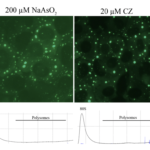
The Grellscheid research group aims to expand the understanding of how stress granules interact with other potential partners in senescence (as a model of ageing) and the biological significance of this interaction. As a bioSPIRE student, you will have the opportunity to gain experience in a wide range of molecular biology techniques including, western blotting, qPCR, immunofluorescence, live-imaging, mammalian cell culture, molecular cloning, and genomic editing (CRISPR).… Read more →
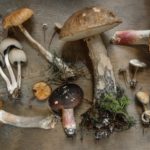
We are looking for motivated students who want to work on an exciting new project on sustainability and wild foods in the new UNESCO Biosphere Reserve in Nordhordland.
You will be part of field work where we are conducting ecological assessments to evaluate the potential to supply wild foods in the region. We are conducting mushroom and berry surveys in different habitat types across the municipality of Alver from mid-August until mid-October.
… Read more →